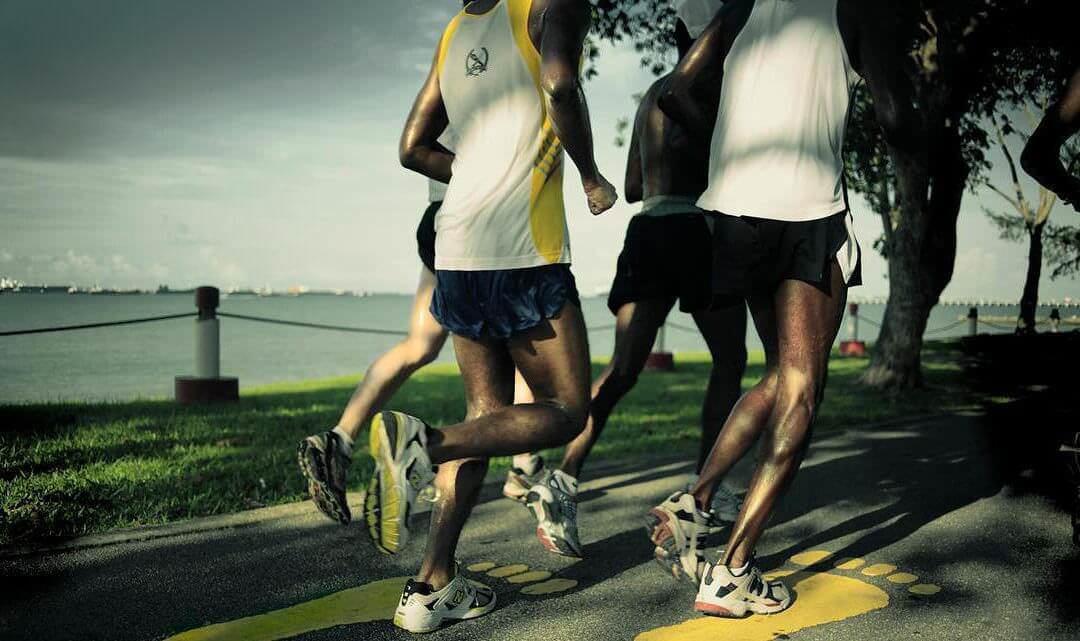The longer days and warmer weather of spring can be invigorating, enticing runners of all levels to up their games. But while this time of year may motivate one to increase the duration, frequency and intensity of their runs, be cautious, say physical therapists and other medical professionals.
After all, if the increase is too sudden, it could put the runner at the risk of a painful condition known as shin splints.
Shin splints isn’t a serious condition, but it can be painful and will most certainly hold runners and other active people back from their workout, and perhaps even other things they enjoy in life.
Known in the medical world as medial tibial stress syndrome, shin splints present as soreness, tenderness and pain along the inside of the shin bone (tibia). At first, the pain may only be felt during a run or workout, but the condition may progress to the point where pain may be felt well after exercise.
With about 3 million reported cases per year in the U.S., shin splints account for 13 to 17 percent of all running-related injuries. Dancers and military recruits also record a high incidence of shin splints.
People who take part in activities that involve high-impact stress on the legs are most susceptible to developing shin splints, especially during a time when the intensity of their exercise has suddenly increased. This increased stress can overwork the muscles, tendons and bone tissue in the lower leg, which can manifest as pain.”
The key to overcoming shin splints is to rest. Take a few recovery days off from high-impact activities and exercises, and allow the body to heal. If you experience inflammation, ice can also be beneficial.
However, it’s important that runners and others susceptible to shin splints take steps to prevent the onset of the condition. Consider the following tips:
Avoid overdoing it. When increasing the distance, duration, intensity and/or frequency of an exercise regimen such as running, do so gradually. Slowly building your fitness level over time is safer on the body than making quick, monumental leaps that can overload your shins.
Wear proper shoes. Not only should you always wear a good pair of shoes, but the type of shoes you wear should fit your foot type. The right shoe for someone who’s flat-footed, for instance, won’t be right for someone with high arches, and vice versa. Also, wear the right type of shoes for your chosen activity or sport.
Mix up your workouts. We all have our preferred ways of exercising, but mix it up once in a while. Alternate running with, say, cycling or swimming – something that still challenges you but with less impact on the body.
Analyze your movement. A thorough, biomechanical running analysis performed by a physical therapist can identify movement patterns that may be leading to the onset of shin splints. You may find out that one small tweak in your running form can keep your shins healthy and pain-free.
See a physical therapist. Besides performing a running analysis, a physical therapist is trained to analyze your entire kinetic chain to identify any imbalances or weaknesses that could put you at risk of pain or injury. From advising you on what shoes to wear to creating a personalized exercise regimen to help you move and perform better, teaming up with a physical therapist is an ideal step for those serious about pain and injury prevention.

